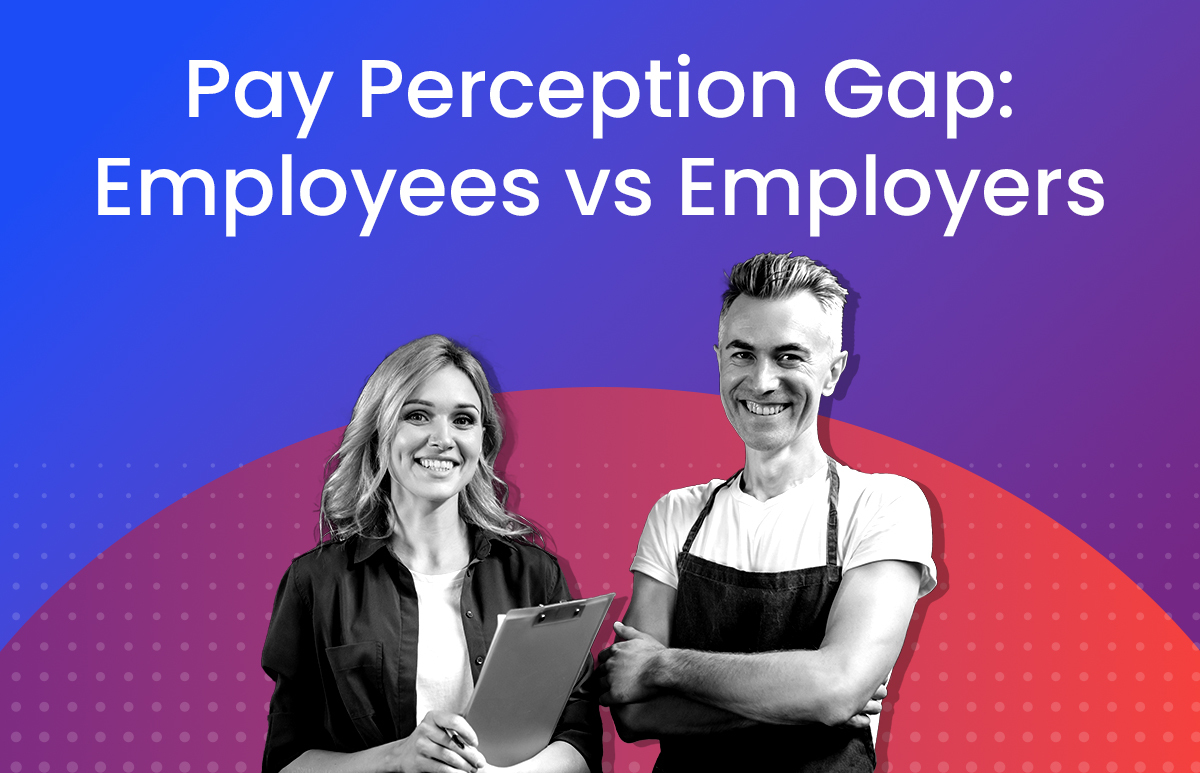How to cut recruitment costs

With challenging business conditions and ongoing political and economic uncertainty, 2019/20 budgeting might be a nerve-wracking time for business leaders – and HR professionals are no exception. As previous results are scrutinised and forward plans are analysed, the pressure to reduce costs can be acute. Sadly, despite the critical role that finding and securing the right talent plays in business success, often it’s the recruitment function that bears the brunt of these reductions. Don’t panic! There are ways to trim recruitment spend without cutting corners or compromising quality of hire.
Cost per hire
Before focusing on where money can be saved, it’s time to analyse what you (hopefully!) already know: your cost per hire. There are a number of factors that contribute to a company’s cost per hire and this will vary significantly depending on how you calculate that cost. It’s common to include direct costs like agency fees, advertising, job postings, and employer branding costs. Some organisations will include training and onboarding, including the cost-to-value (which calculates the time it takes to get employees up to productive speed). The financial outlay gets hazier (and higher) when indirect costs like lost production, short-staffing overloading other employees, reduced morale, client loss and lost knowledge are factored in.
Estimates put the average cost per hire at $5,500, although other stats range from between 15% to 150% of that person’s annual salary.[1]
On a related note, another study[2] suggests that over 60% of organisations do not measure the financial cost of employee turnover, so clearly there’s work to be done before presenting airtight business cases come budget time.
5 Suggestions to trimmed recruitment budgets without jeopardising quality
Turn existing employees into brand ambassadors
Are you a good employer? Do people speak highly of your organisation both internally and externally? If so, it’s time to harness that sentiment to help with talent acquisition. We know that consumers will check reviews online and ask friends and family for recommendations when they are doing everything from booking a holiday to reserving a restaurant table. Jobseekers are no different. They’ll ask trusted colleagues, peers and friends for their impression of an employer. They’ll consult their LinkedIn connections and read reviews on Glassdoor for insider info.
Is it such a leap – especially if your employees do indeed like you – to ask for their advocacy? If these “brand ambassadors” can spread word to their friends and colleagues about your organisation and their work experiences with you – via testimonials, videos and sharing/liking on social channels – this can extend your reach and open up your talent pool.
Research[3] shows that 98% of employees use at least 1 social media site for personal use, of which 50% are already posting about their company. Indeed, brand messages are re-shared 24 times more frequently when distributed by employees vs. the organisation or brand itself. Advocacy has the potential to be a powerful, inexpensive tool that could make a difference to your recruitment strategy by drawing people to your organisation like a magnet.
Create a referral network
Taking advocacy programs one step further are more formalised referral plans. Although such a plan requires a budget – perhaps a financial bonus as a “thank-you” for successful introductions – this can be a cost-effective approach in the long-term. There are multiple benefits. Firstly, employees are likely to only put forward contacts who will fit with your organisation’s culture, which of course they know first-hand. Second, it can help you tap into that elusive passive candidate pool – those who are not actively seeking a new job but are open to a conversation. Finally, it gives employees the belief that they too can help build the organisation and its culture.
Use social media to your advantage
It’s difficult to have a conversation about recruitment in 2019 without touching on social media – and with good reason. One survey[4] indicates 85% of active job seekers have a LinkedIn profile, while 74% have used Facebook and 39% have used Twitter in their job searches. For employers, it’s a cost-effective way to find and recruit fresh talent. Social media provides insights into your culture, your day-to-day operations, and the type of people who work for you. The authenticity this creates is difficult to generate artificially, and it ticks another popular box for potential candidates: transparency.
All that’s required is an action plan to ensure the right messages and campaigns go out to your audience. These should all subtly reinforce and reflect your culture, values and mission. If budget allows, you also have the option to pay for advertising to target specific audience groups.
Regardless, it’s important to select the right social channel. 93% of employers use LinkedIn for recruiting, followed by Facebook (66%) and Twitter (54%). It’s easy to see why LinkedIn comes out on top – it has the reach. LinkedIn has 590 million users globally (10 million in Australia or just over a third of the working-age population), and just over 1 million (or approx. one quarter of the working-age population) in New Zealand) and remains the most “business-like” or professional of social channels.
Next, create engaging content. Always keep in mind the “what’s in it for me?” factor. What will candidates take away from their interaction with you, whether it comes from reading a blog, digesting a 280-character Tweet or watching a video? Here are 3 tips for the creation of engaging social content:
- Video content is king. It can be particularly effective for capturing the attention of job seekers. For example, job postings on Facebook that feature videos receive 36% more applications.[5] Currently, only a few employers are mining this potential.
- Images play an important role. Some 40% of people respond better to content that is image heavy. Ensure images are incorporated into your social media recruiting strategy.
- Don’t underestimate the power of hashtags. 6 of the 10 most popular HR-related hashtags relate to recruitment: #Hiring, #Job, #Jobs, #Recruitment, #Recruiting, #TweetMyJobs.[6]
Create talent pools and alumni networks
We all know that talent is scarce, but sometimes you do strike it lucky by getting a number of excellent candidates for a role – but of course there’s only one role, so the others are sent on their way (hopefully with a good impression of you!). Traditionally, that would be it. Lost in the abyss, dreams abandoned, voices unheard. A smarter move is to ensure those contacts don’t go to waste. Build talent pools of people you can approach when positions open up down the track. Recruitment software can help with this.
The same methodology should apply to former employees. It’s no longer a case of out of sight, out of mind. The right talent is too valuable for that thinking. Instead, make sure you stay in touch. Boomerang employees can be among the most valuable; they are already “known quantities” and they’ve returned for a good reason. Build your alumni network and keep them informed of company news, thought leadership collateral, and of course, vacancies.
Ensure your recruitment technology is it up to the task
You might have some or all of the above in place, but if your recruitment technology is not up to the task, it might all be for nought. The right technology can reduce duplication of work and data entry, automate tasks and streamline processes – all of which can help create time efficiencies for your HR team and hiring managers, and therefore save money.
For example, ELMO Recruitment enables users to customise approval workflows to suit any recruitment process and can then standardise the process for use throughout the organisation. Smart questions weed out wrong fits, AI selects ideal candidates with laser focus. We actively build talent pools, capturing qualified candidates for future opportunities. It even allows for integration with external job boards and social media.
Branded emails, automated interviews, synced calendars – streamline hiring with a digital touch. We create and send job offers and contracts digitally, so candidates can sign electronically anytime, anywhere!
Hiring great people need not cost the earth. If your budget is tight, these tips can help you get more bang for your buck – without compromising on quality.
[1] Human Capital Benchmarking Report, SHRM
[2] Turnover and Retention Research Report, 2018, Australian HR Institute
[3] “2017 Personal Branding Trends Part 3: The Rise of the Social Employee”, Forbes
[4] “Using Social Media in the Recruitment Process”, Robert Walters Whitepaper
[5] “Talent Acquisition: Enter the Cognitive Recruiter”, Deloitte Global Human Capital Trends 2017
[6] https://www.griffinbenefits.com/employeebenefitsblog/the-best-twitter-hashtags-for-hr-directors-to-follow
 HR Core
HR Core 









